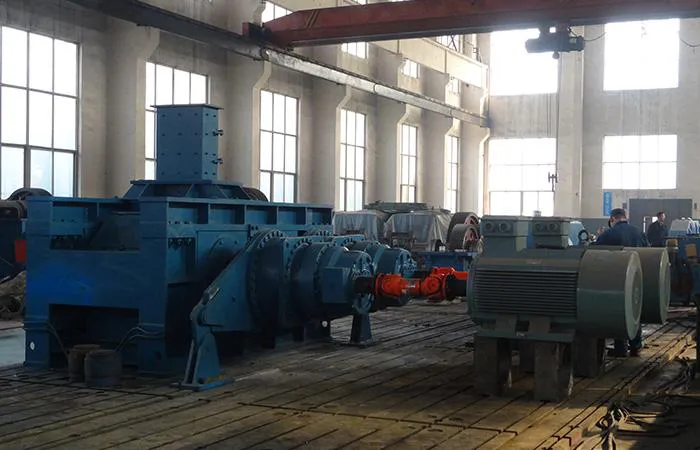How High-Pressure Grinding Rolls Enhance Cement Grinding Efficiency
In the highly competitive cement industry, maximizing energy efficiency while maintaining high-quality production is a top priority. High-pressure grinding rolls (HPGR) have emerged as a game-changing technology, helping cement plants achieve superior grinding performance, lower energy consumption, and increased productivity.
Application of High-Pressure Grinding Rolls in the Cement Industry

What Are High-Pressure Grinding Rolls?
High-pressure grinding rolls are innovative machines designed to crush raw materials between two counter-rotating rolls under extreme pressure. Unlike traditional ball mills, HPGRs induce micro-cracks in cement clinker, which improves grindability and produces a finer, more reactive product. This technology is particularly effective for modern cement plants seeking both efficiency and quality.
Key Advantages of HPGR in Cement Grinding
1. Energy Efficiency
HPGR technology can reduce energy consumption by up to 30% compared to conventional grinding systems, making it a sustainable choice for cement manufacturers looking to lower operational costs and carbon footprint.
2. Improved Particle Size Distribution
The unique crushing mechanism of HPGR ensures a more uniform particle size, which enhances cement reactivity, accelerates hydration, and ultimately improves concrete strength and durability.
3. Lower Maintenance and Operational Costs
HPGRs generate less wear on grinding media and machine components. This leads to reduced maintenance expenses and extends the lifespan of grinding equipment.
4. Higher Throughput and Productivity
HPGR machines can efficiently handle higher material loads, helping plants increase overall production output without compromising product quality.

Why More Cement Plants Are Choosing HPGR
Integrating HPGR into a cement grinding circuit offers several benefits:
Enhanced production efficiency without sacrificing cement quality
Lower energy use and reduced environmental impact
…
For more detailed information on how high-pressure grinding rollers can improve cement grinding efficiency, please click to visit:https://www.zymining.com/en/a/news/application-of-high-pressure-grinding-rolls-in-the-cement-industry.html






